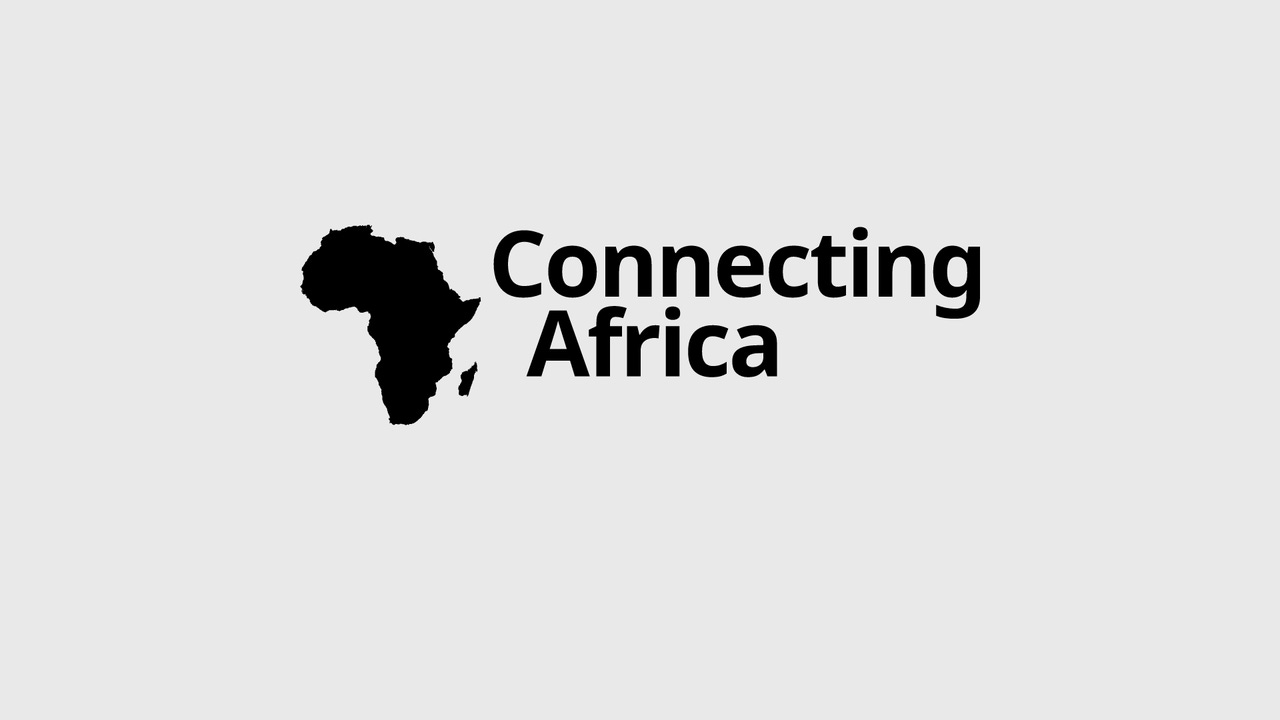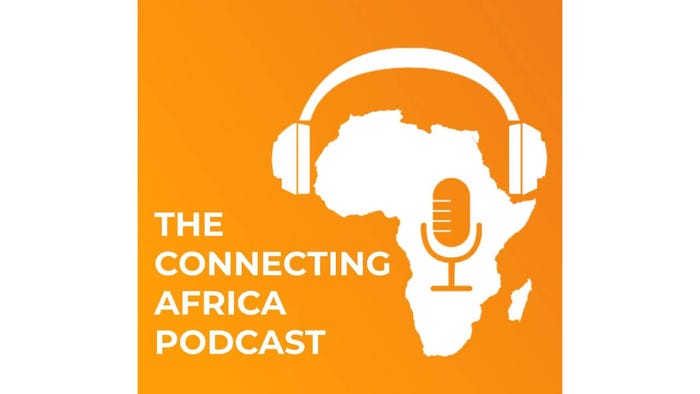RSAWEB's Rudy van Staden says connectivity is lighting the fuse of an IoT boomRSAWEB's Rudy van Staden says connectivity is lighting the fuse of an IoT boom
RSAWEB CEO Rudy van Staden believes that IoT has moved far beyond the fad some originally thought it to be.

Just like the Internet itself many years ago, the Internet of Things (IoT) was initially viewed as nothing more than a fad that would have little impact on our daily lives. We know now that this is not true, with some studies revealing that more than 80% of senior executives across industries believe IoT is critical to some or all lines of their business.
As South Africa, and the world, gears up in preparation for the so-called fourth industrial revolution, companies are turning to IoT and automation to modernize their operations. This doesn’t come without its fair share of challenges, which are primarily scalability and cost-effective connectivity better suited to IoT applications.
The typical business challenges of transitioning from low-volume-high-cost to high-volume-low-cost is the hard part for smaller IoT providers. However, the building blocks have been sufficiently commoditized for proof of concepts to be easy. Scaling these businesses remains the biggest issue when dealing with constant and growing streams of data that need to be analyzed on the fly.
Local challenges require local solutions
We have a breadth of device design and manufacturing capabilities in South Africa, allowing us to develop these products for local conditions instead of shoehorning tech from Europe or elsewhere into a local context.
RSAWEB has incubated several startups that are pursuing various opportunities in the IoT device and systems space and these startups have been able to get to market quickly and engage customers on the ground.
Management made easy
Connectivity is at the heart of any effective IoT solution or system.
Conventional mobile data and SIM cards are the convenient choice for connecting mobile IoT devices, especially when your applications are more bandwidth intensive, but it can be expensive and hard to manage when you have thousands of devices, especially in South Africa. We’ve combated that with our Mobile Data solution and Mobile Management Portal.
The case for LoRaWAN in South Africa
For less data intensive IoT applications, LoRaWAN is a good option if high coverage is required. We’ve rolled out LoRaWAN locally in the ISM band of 868MHz, allowing for deep coverage and penetration, with an open ecosystem that we are in control of. This gives us the ability to expand into areas that are not economical for other technologies.
The reason we’ve opted for LoRaWAN, as opposed to NB-IoT, is because while the latter allows for higher bandwidth it can create challenges in battery life for devices which are often remote, making larger systems harder to manage. NB-IoT devices last longer than traditional mobile tech but not as long as LoRaWAN devices. RSAWEB is also rolling out LoRaWAN coverage in areas that NB-IoT will probably never reach, especially in often overlooked rural and agricultural areas.
McKinsey estimates that 100% of the world’s population will be covered by low powered, wide area networks, compared to 2017 when only 20% of the population was covered. This should make advances in autonomous driving, smart agriculture, smart buildings and many more industries that we are yet to discover. Rolling out LoRaWAN will ensure that South Africa is ahead of the curve and globally competitive.
Where IoT is headed
We believe that the new network will create a wider range of possibilities across numerous industries. But the boom will truly be realized when space-based IoT services arrive.
You do need outdoor coverage and a vertically orientated antenna; however, just a small number of satellites will be able to provide 24/7 global coverage. This is extremely exciting and opens completely new avenues to deploying devices in the most remote of places. For example, sensors in the ocean could monitor all sorts of events from ocean temperatures, weather, tsunamis and possibly even detect pollution.
.jpg?width=100&auto=webp&quality=80&disable=upscale)
.jpg?width=400&auto=webp&quality=80&disable=upscale)
.jpg?width=700&auto=webp&quality=80&disable=upscale)
_(1).jpg?width=700&auto=webp&quality=80&disable=upscale)

_(1).jpg?width=700&auto=webp&quality=80&disable=upscale)
.jpg?width=700&auto=webp&quality=80&disable=upscale)
.jpg?width=700&auto=webp&quality=80&disable=upscale)
_(1).jpg?width=700&auto=webp&quality=80&disable=upscale)
.jpg?width=700&auto=webp&quality=80&disable=upscale)

.jpg?width=700&auto=webp&quality=80&disable=upscale)